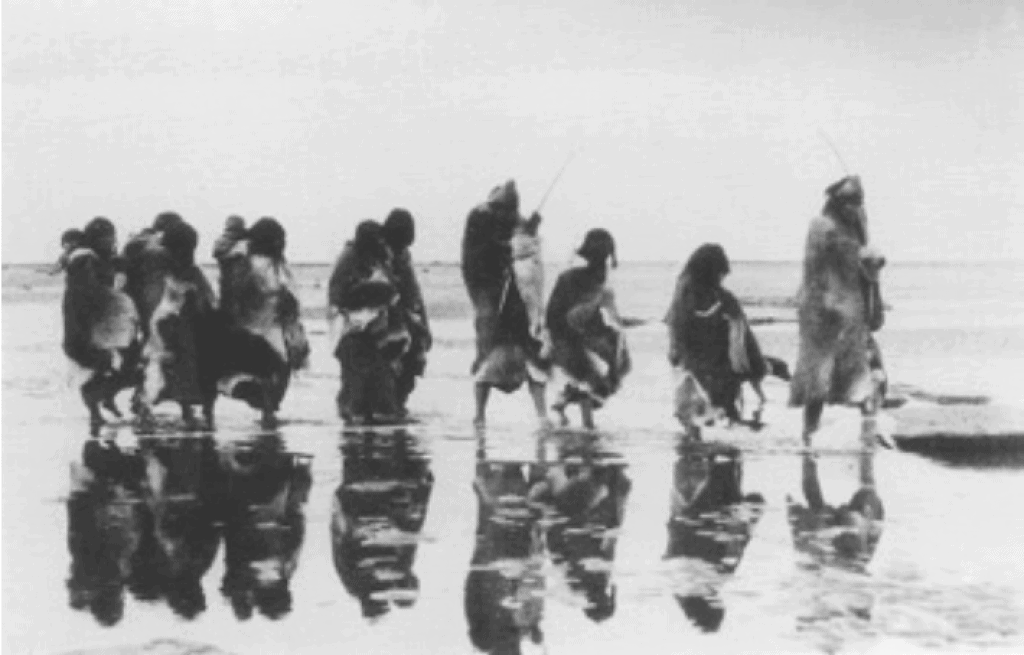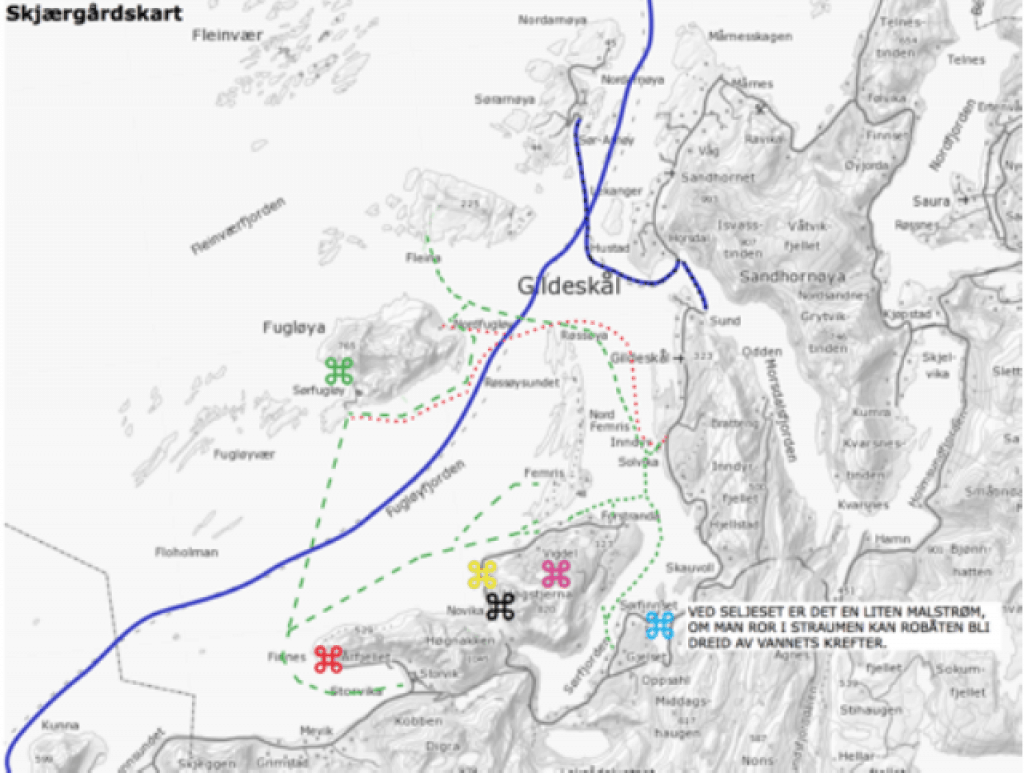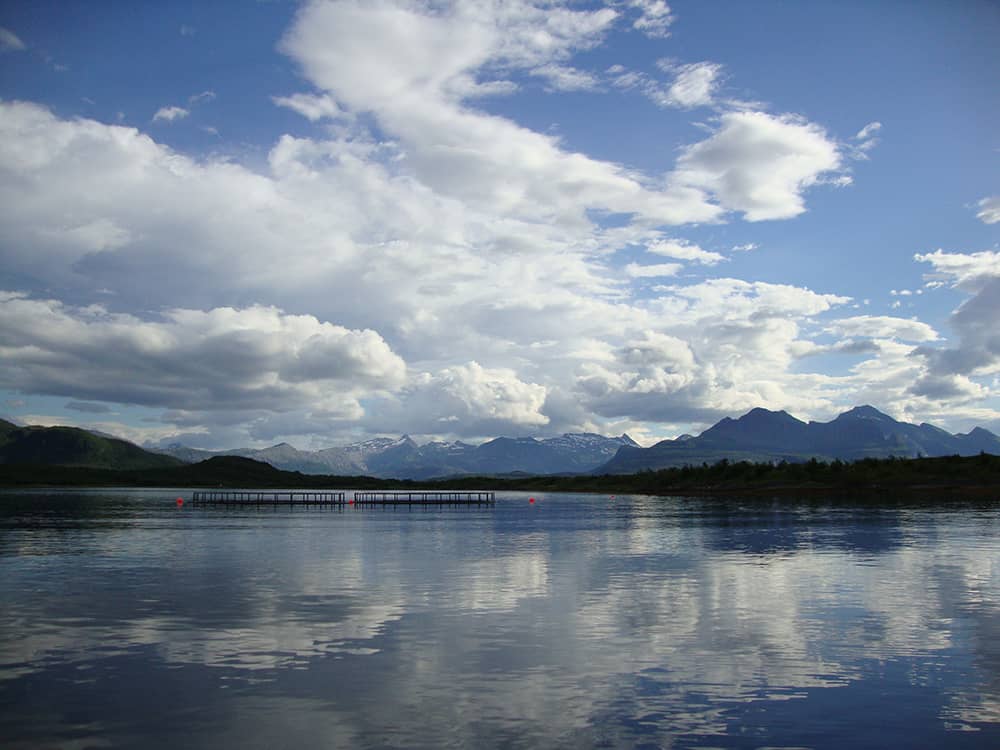Investigations into Coastal Culture, Gildeskål, Norway, July 20th – 30th, 2016
With Ensayo #4
The boat as a floating studio and research station:
After 14 steady years on land, Sørfinnset skole/the nord land will, this summer, go to sea. Artistic investigations of the archipelago of Gildeskål will be an extension of Sørfinnset skole/ the nord land’s horizon, as well as a northern part of Ensayo#4.
Background:
Sørfinnset skole/ the nord land examines how contemporary art can function in a long-term dialogue with a small local community. One of the most important ingredients in the project is ecology, and a wider understanding of nature. This entails research into the concept of ecology as related to an extended understanding of artistic practice, which has been an ongoing agenda since 2003.
Since 2010, Ensayos has gathered and engaged artists, natural and social scientists, free thinkers and people with hands-on experience to discuss questions relating to land use, ecology and ethics in the front court of Antarctica, one of the worlds geographical extremities. Tierra del Fuego and Gildeskål are two points on the map connected by the world´s oceans. The maritime bound paths have been transportation routes for people and goods for hundreds of years. Norwegian sailors have travelled from north to south with goods on the so called Klipperuta (Cliff route) around Cape Horn, in dangerous waters. These waters were, for many old sailors, known as a wet grave. It is easy for us to travel, from the far north the far south, nowadays with planes. Perhaps this way of traveling is hiding from us important details and obvious connections.
How can we experience coinciding issues through the experience of opposite poles? Some of the artists and scientists that are participating in Ensayos have been working in both of the polar regions. The initial idea to establish such a trans disiplinary community is inspired by Sørfinnset skole / the nord land, which was established in Gildeskål in 2003. There are striking similarities and large differences between these two places on earth. The biggest difference is Chile´s past as a Spanish colony with the following demographic and nature-related consequences, as we see today.
In the region of Gildeskål one can also bring up questions about possible meetings between different groups of people and a possible repression. When it comes to biological invasive flora and fauna from other continents, we can say that Gildeskål until now has been saved, but the climate change, rising temperatures and consequences of modern utilization of the sea is changing the living conditions in the ocean.
The Conquestadores came and the Vikings left, the Sami people disappeared and the Fueginos were eradicated.

We ask: What can we find with the tools of artist investigations? What is colonialization? What makes the changes in demographic patterns, livelihoods and climate? Will we be stranded by common challenges when it comes to geopolitical, eco-political, socio-economical and poetical links?
Before the upcoming investigations in Gildeskål this summer, there has been a previous output of Ensayo#4 in action at the artist-run space Kurant in Tromsø. There, our aim was to try to answer questions relating to issues of the coast and sea, such as management use, language, value and identity, inspired by the ongoing work of Wildlife Conservation Society at Karukinka Natural Park in Tierra del Fuego. The exhibition «Wild Living Marine Resources Belong to Society as a Whole» was opened on March 11th, 2016. The spine of this project was a deep examination of §2 of The Marine Resources Act of Norway. Artists and scientists were invited to together look into this and share their perspectives. The knowledge and experiences from Tromsø are therefore also an important part of our luggage when we go on this summer´s sea voyage. We will be sailing in the nearby archipelago and go ashore at: Sandhornøya, Sør-Arnøy, Nord-Arnøy, Fugløya, Fleina, Inndyr, Femris and the island group of Fleinvær to anchor in Sørfjorden (please see the program).

In autumn of 2016, there will be an «Part 2» of the project at Kurant in Tromsø, where some of the experiences and results from our upcoming summer voyage will be presented both in a printed formate as well as in an exhibition.
PROGRAM: July 20th-30th
20th: Arrival at Sørfinnset.
21st: Preparations for the «Investigations of the Coastal Culture»
22nd: Hands-on work finalizing the Earth cellar in Gjeldset.
23rd: We set sail!
23rd-27th: Examination of Fauna and flora; on the islands of Femris, Arnøyene,
Inndyr and Fuggeløy Through the ongoing work of Sørfinnset skole / the nord land we have been focusing on the use of nature and the closeness of nature, this time we will include the natural life of the islands: At Arnøyene and Fuggeløy there is a rich bird life, and at Fleinvær one has been collecting the feathers of the Eider bird. The vegetation alongside the coast and beach is a nutritous location for rare orchids. At Femris and Øya by Inndyr there are several types of orchids and other rare plants. In relation to the examinations of nature and its different layers of landscapes we plan to ascend the mountain of Sandhornet and the top of Fuggeløy.
Create objects using floating garbage
That which is thrown overboard is not to disappear. We will collect and compile materials which have been processed by the sea, such as garbage or lost items. From this we aim to create two and three dimensional works that could possibly be presented at Kurant in Tromsø during the autumn.
The Ocean as a source for food
In a holistic ecological existence, food is essential. Food has also been an important ingredient in the project Sørfinnset skole / the nord land. In several of the invited artists’ work, food is an integrated part of the artistic practice. On our expedition we will collect ingredients in the nature such as sea weeds, shells, fish and plants. We aim to invite people to come onboard to join a conversation and a meal.
Creative Writing
We will make a simple publication as a result of the trip. This will be included in a publication by Ensayo#4, to be released in Tromsø during the autumn of 2016.
25th: The music of the Ocean and the wind: from sailor songs to psalms? Fleinvær
Through music we have learnt that traditions are being mediated and remembered, also such knowledge that is not captured by the written word. Many of the artists in the team work with music, sound and will bring along portable sound equipment for recordings and experiments.
26th: Memory and awareness; Femris and Sørarnøy
On several of the islands there are old graves from the Iron age. We wonder about those that lived before us, how they lived and worked. Through an archeological awareness and meditation over the past life, we will be inspired.
27rd-28th: The annual Gamme day (The turf house day)
A two day Joik workshop with Niko Valkeapää in the Gamme by lake Kjellingvatnet, an annual celebration of the Turf house with hands-on repairs of the construction, serving of Sami food and a Joik performance.
29th -Olsok- Summer party
The summer program is finnished and celebrated with an outdoor summer party around the fireplace at the cliffs of Klippfiskbergene by Seivågen.
Participants:
Karolin Tampere- artist/ curator (Estonia/ Norway)
Stefan Mitteterer (Norway/ Austria)
Kjersti Vetterstad- artist (Norway)
Christy Gast- artist (USA)
Geir Tore Holm- artist (Norway)
Søssa Jørgensen-artist/landscape architect (Norway)
Georgiana Dobre- dancer and choreographer (Romania)
Amy Franceschini & Martin Lundberg/ the Futurefarmers, transdiciplinary collective (USA)
–by Søssa Jørgensen, Sørfinnset skole/the nord land

